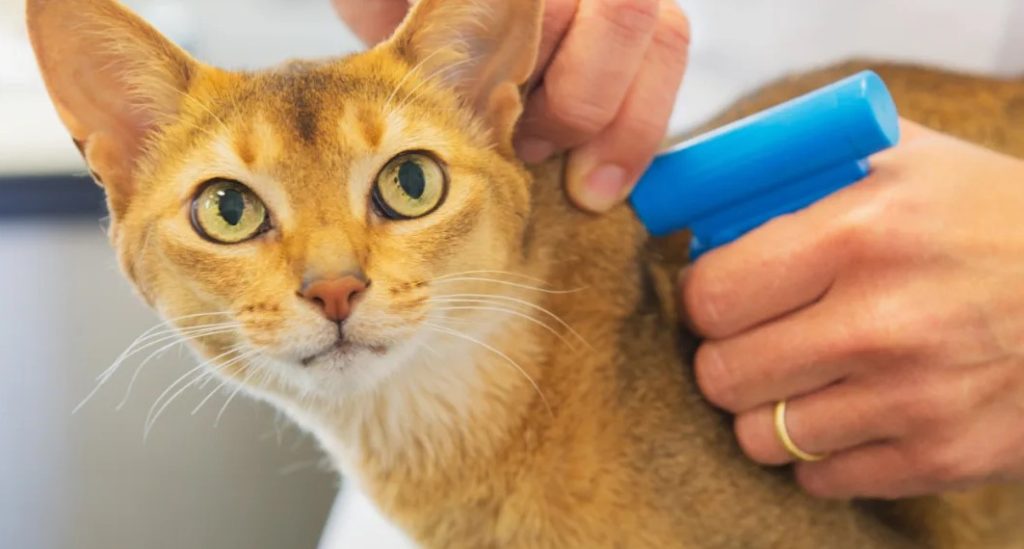
A cat microchip is a tiny device implanted under a cat’s skin that serves as a permanent form of identification. With more pet owners embracing this technology, microchips are becoming an essential tool for reuniting lost animals with their families. This article explores what cat microchips are, how they work, and why every pet owner should consider microchipping their feline friend.
A cat microchip is a radio-frequency identification (RFID) device, about the size of a grain of rice. It is typically implanted between a cat’s shoulder blades by a veterinarian through a quick and relatively painless procedure. The chip contains a unique identification number, which is linked to the owner’s contact information in a secure database. Unlike collars and tags, which can break or be removed, microchips are permanent and stay functional for the cat’s entire life.
When a cat with a microchip is found, animal shelters, veterinarians, or rescue organizations can use a scanner to read the chip’s identification number. This number is then cross-referenced with an animal chip database to retrieve the owner’s information. If the owner’s contact details are up to date, the pet can be safely returned home.
It is important to note that cat microchips do not have GPS tracking capabilities. Instead, they act as a reliable form of identification that proves ownership and connects lost pets to their families.
Benefits of Microchipping Your Cat
- Increased Chance of Reunification
Studies show that microchipped pets are significantly more likely to be reunited with their owners than those without. For outdoor cats or those prone to escaping, a microchip provides peace of mind, knowing there’s a higher chance they will make it back home if lost. - Permanent Identification
Unlike collars or tags, which can get lost or removed, a microchip stays with the cat throughout its life. This makes it a more reliable option for long-term identification. - Proof of Ownership
In disputes over ownership, especially with found or adopted pets, a registered microchip provides indisputable proof that the animal belongs to a specific person. - Travel and Relocation Requirements
Many countries and airlines require pets to have microchips for international travel. Having your cat microchipped ensures compliance with these regulations and smooths the travel process.
After microchipping your cat, it’s essential to register the microchip number in a pet microchip database with your current contact details. If you move or change your phone number, updating this information is crucial. A microchip is only as effective as the accuracy of the data connected to it.
Microchipping is a simple but powerful tool for protecting your cat. It ensures that even if your feline gets lost, the chances of being reunited are much higher. As pet microchips become more common, registering your cat in an animal chip database is a responsible step in pet ownership. With a quick procedure and minimal cost, a cat microchip offers lifelong security and peace of mind.